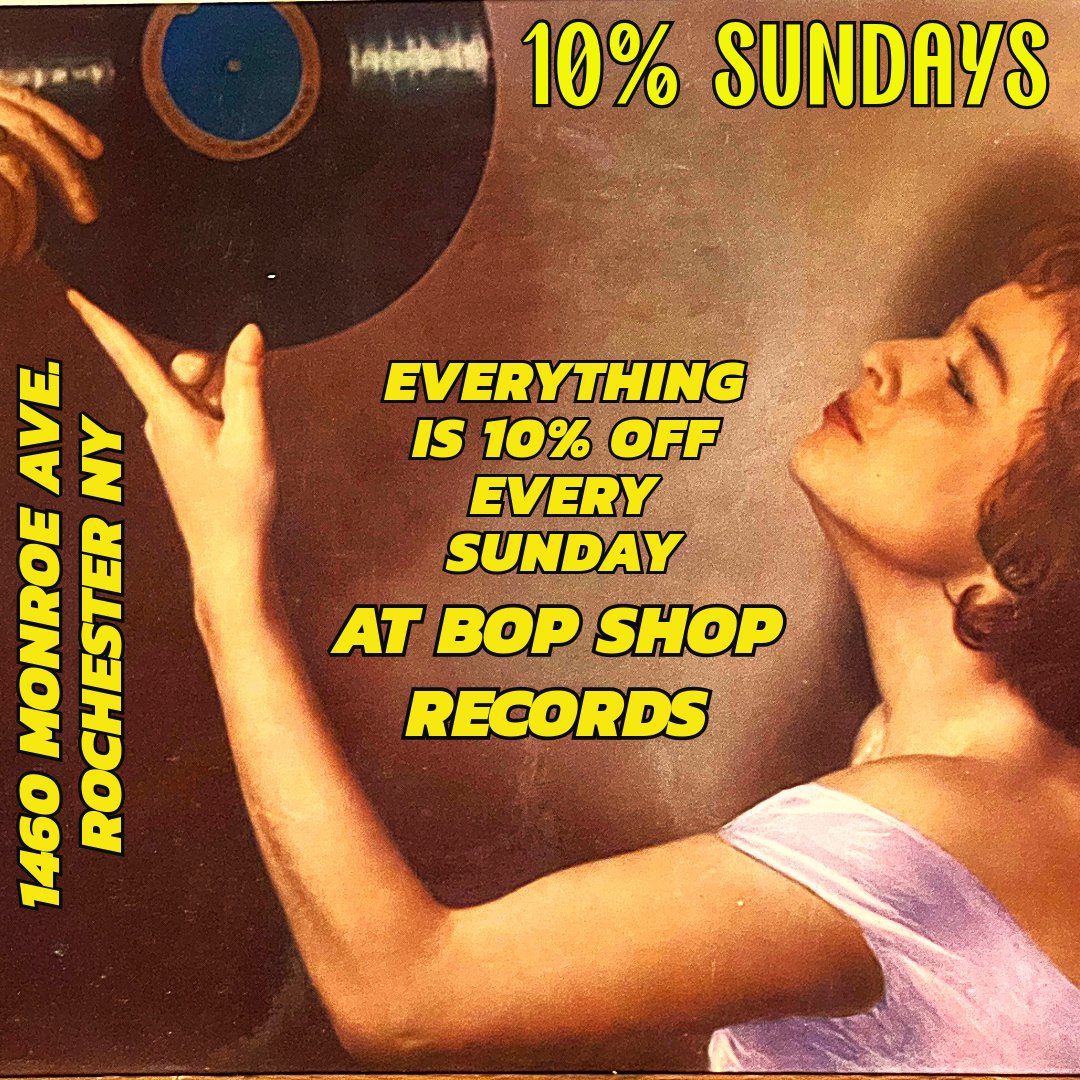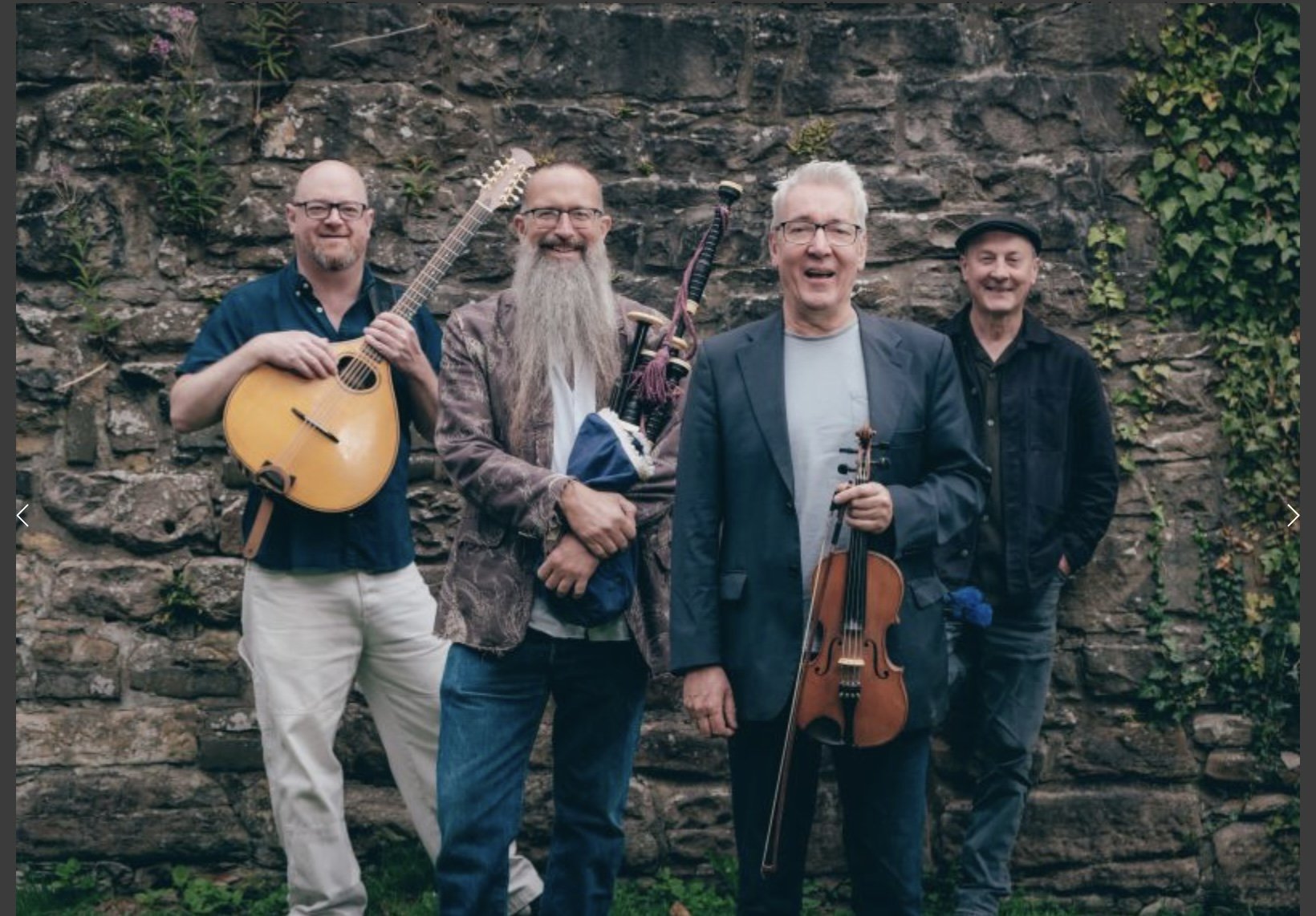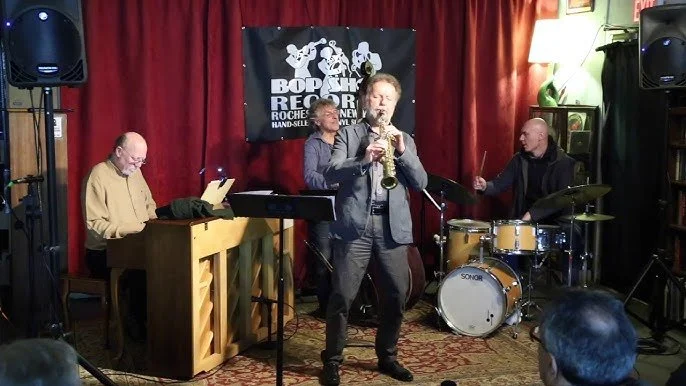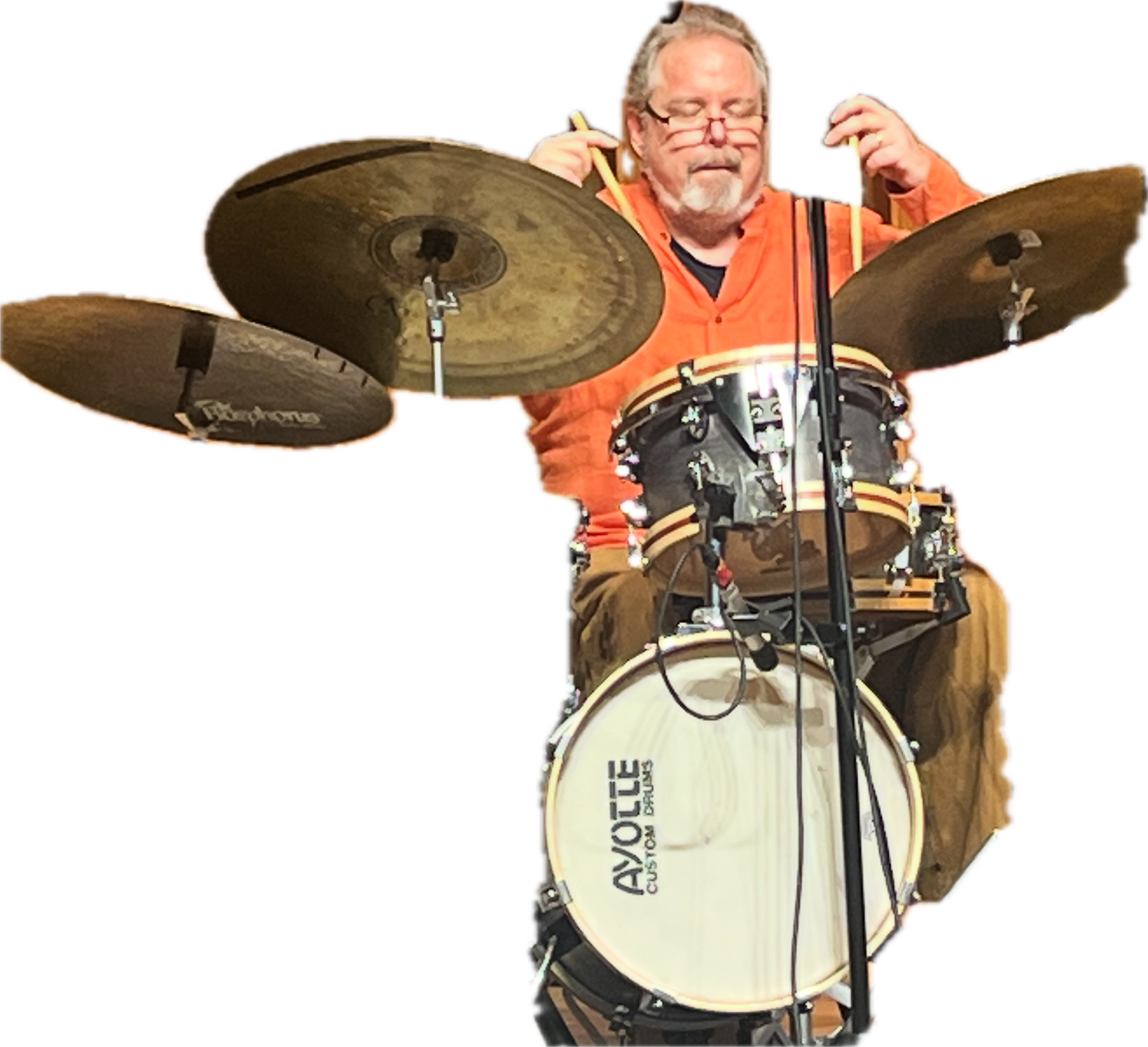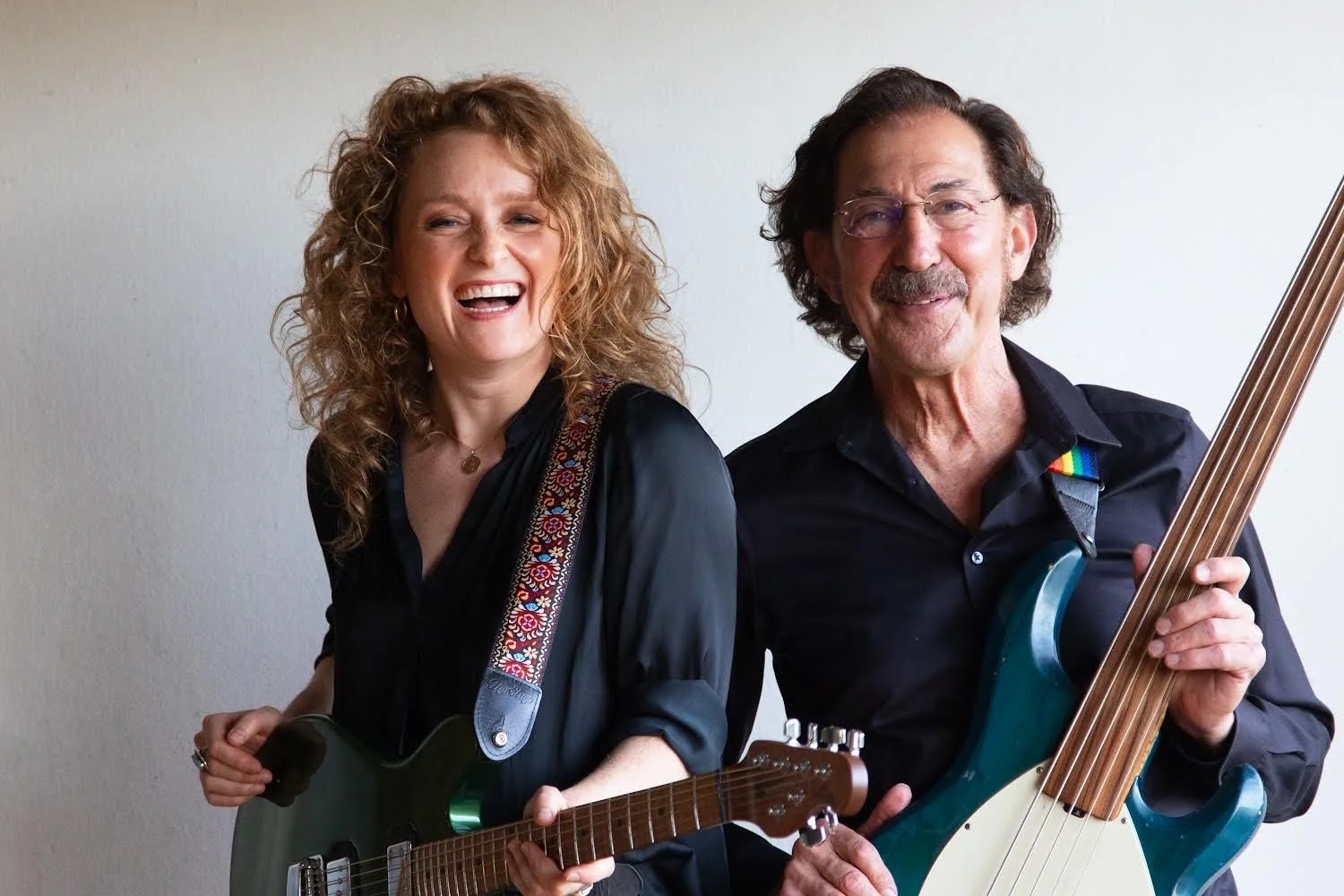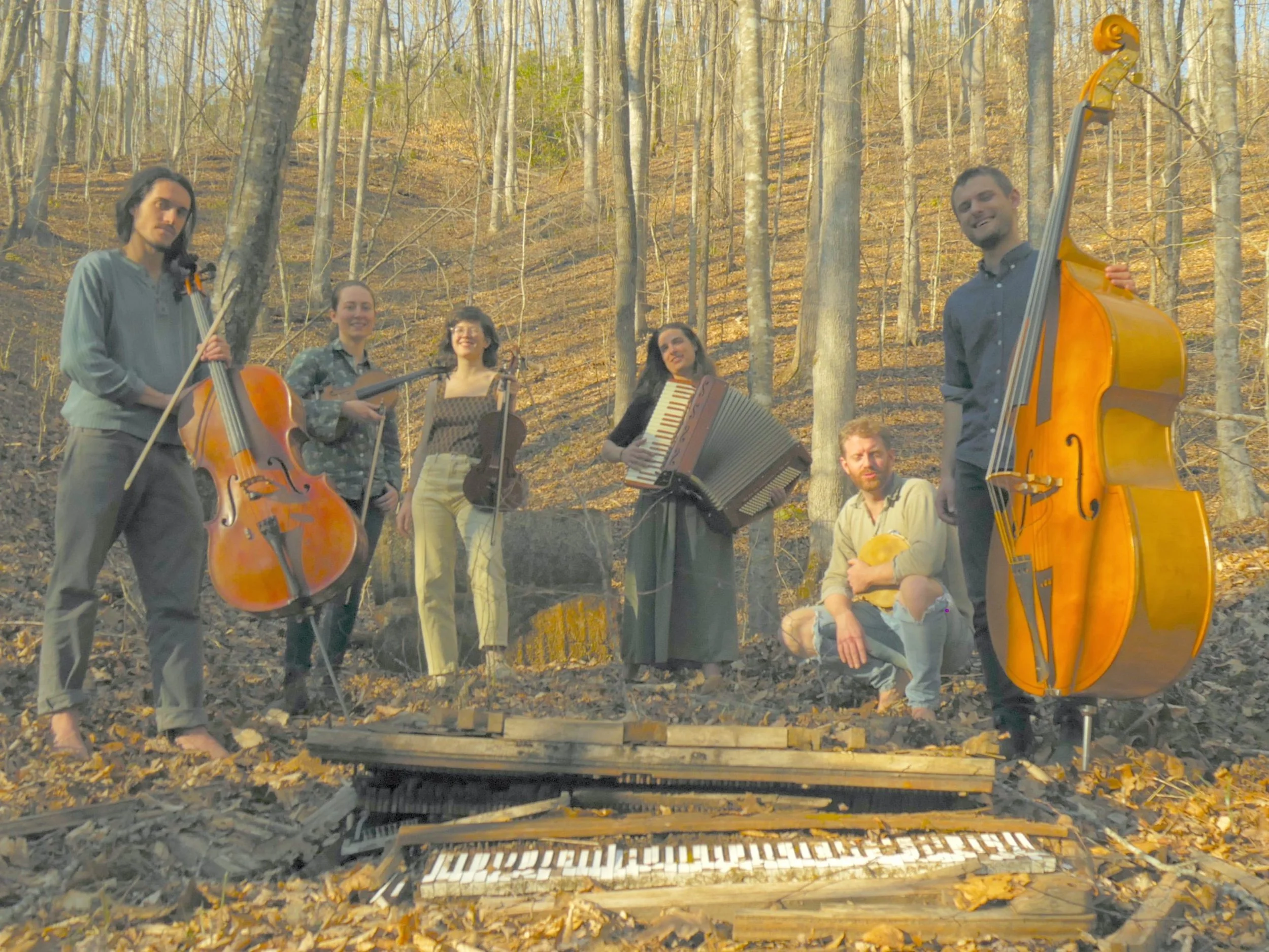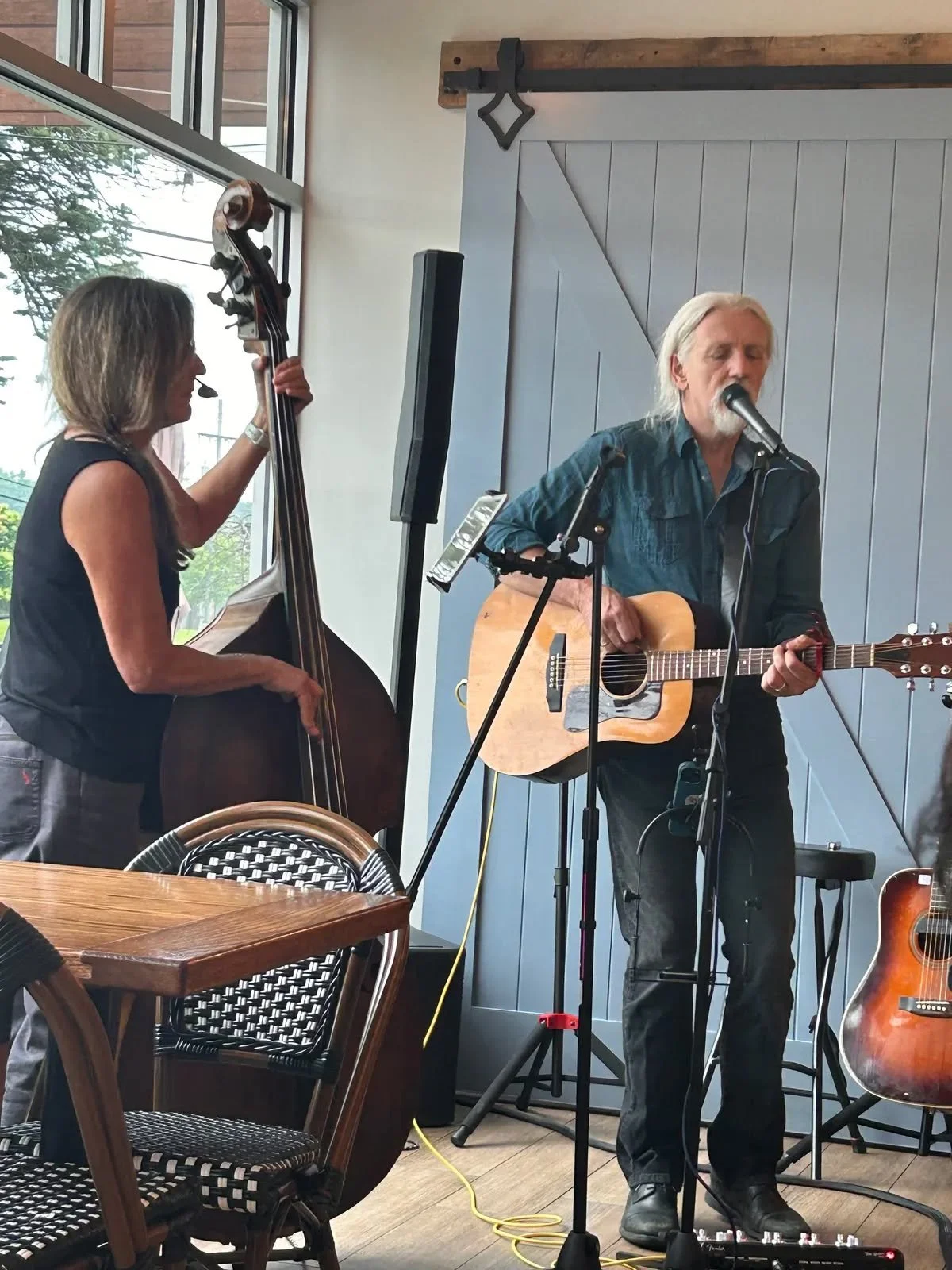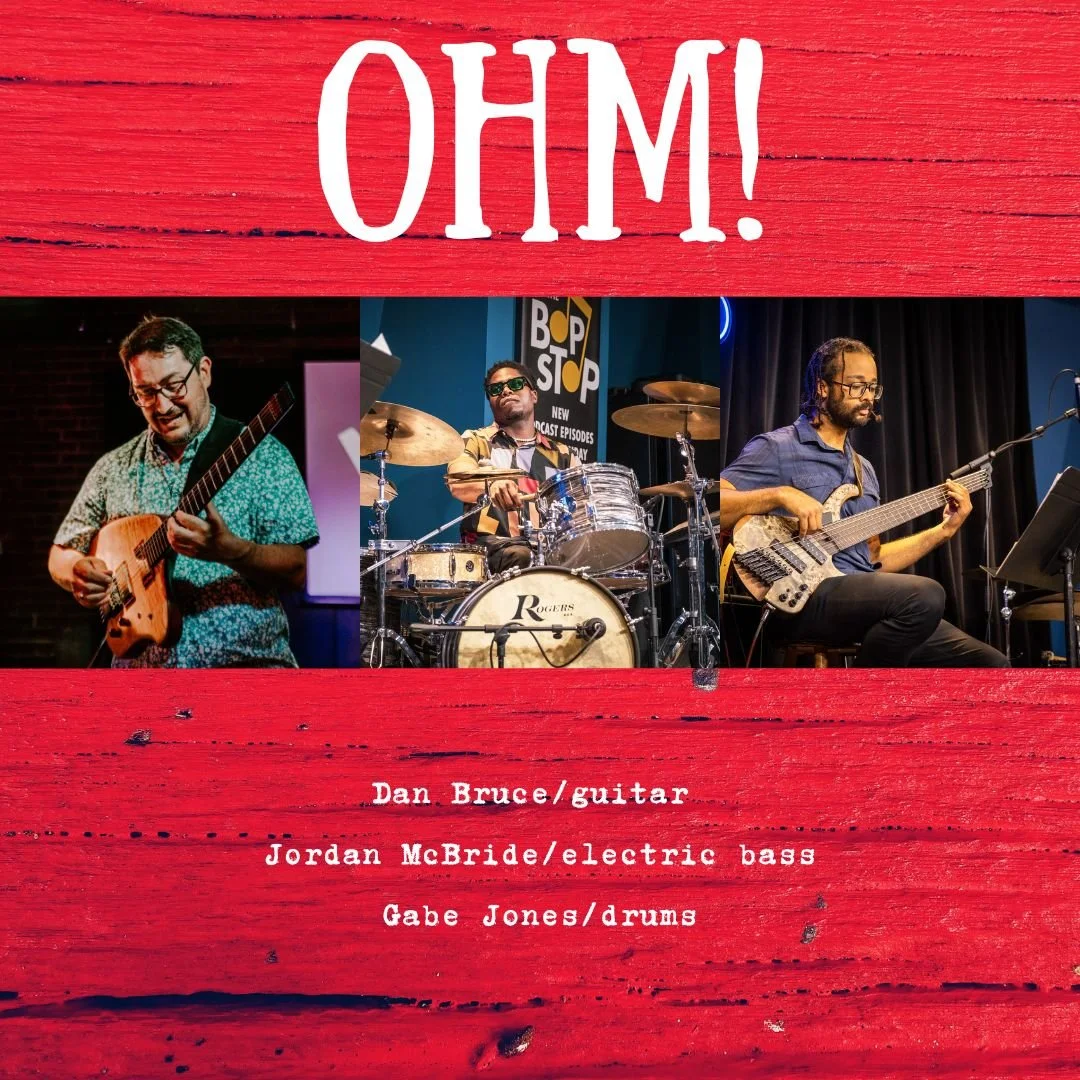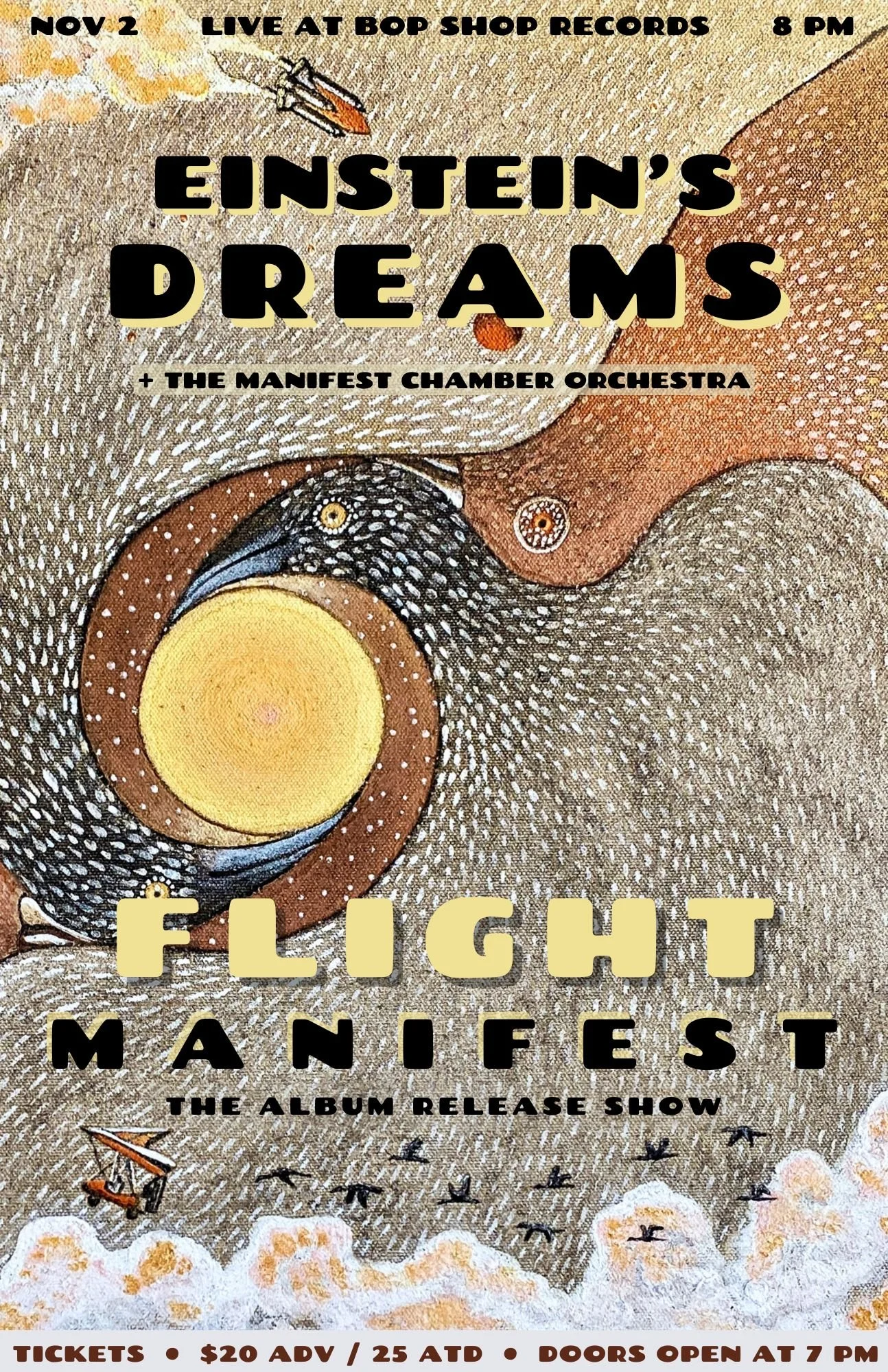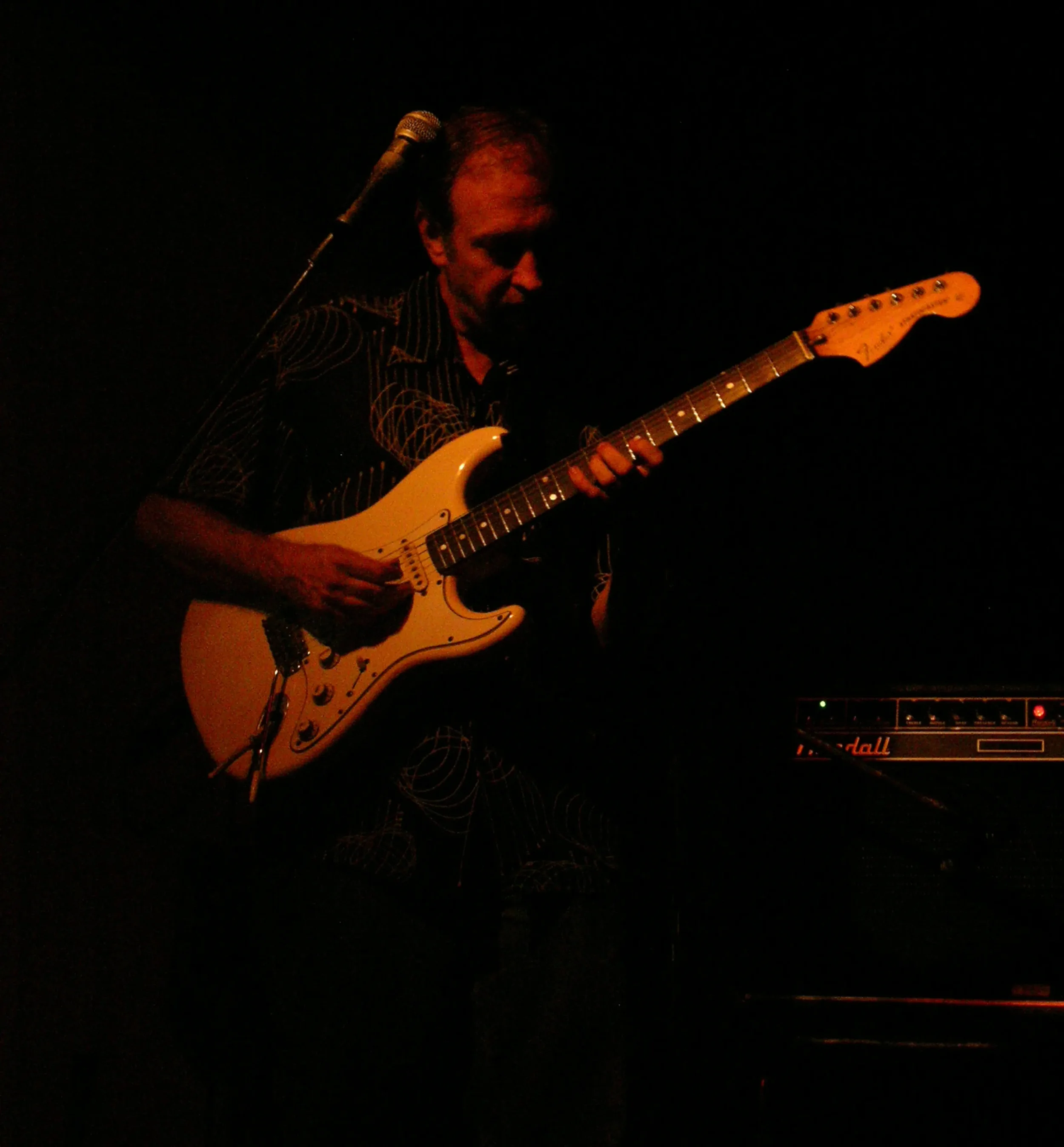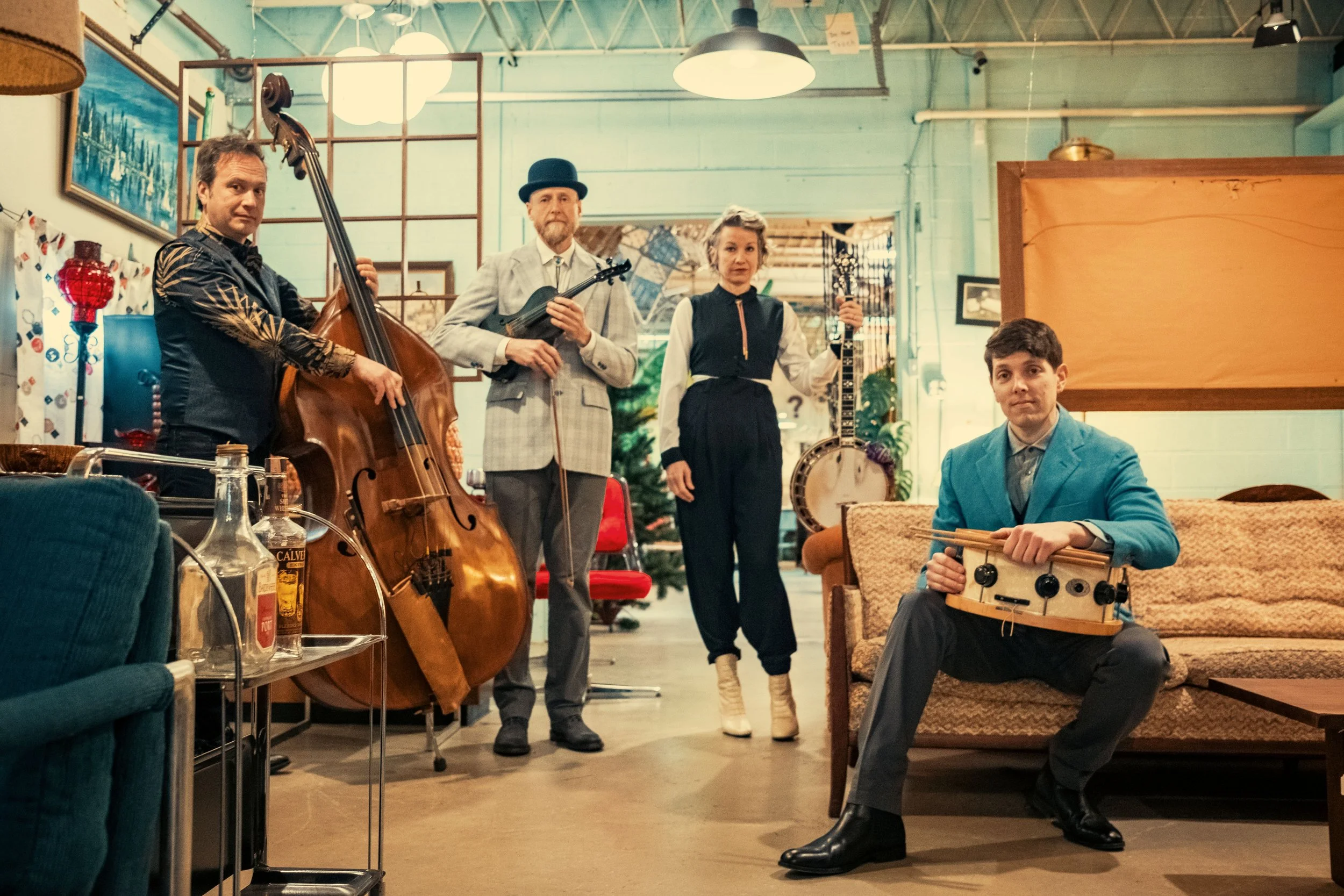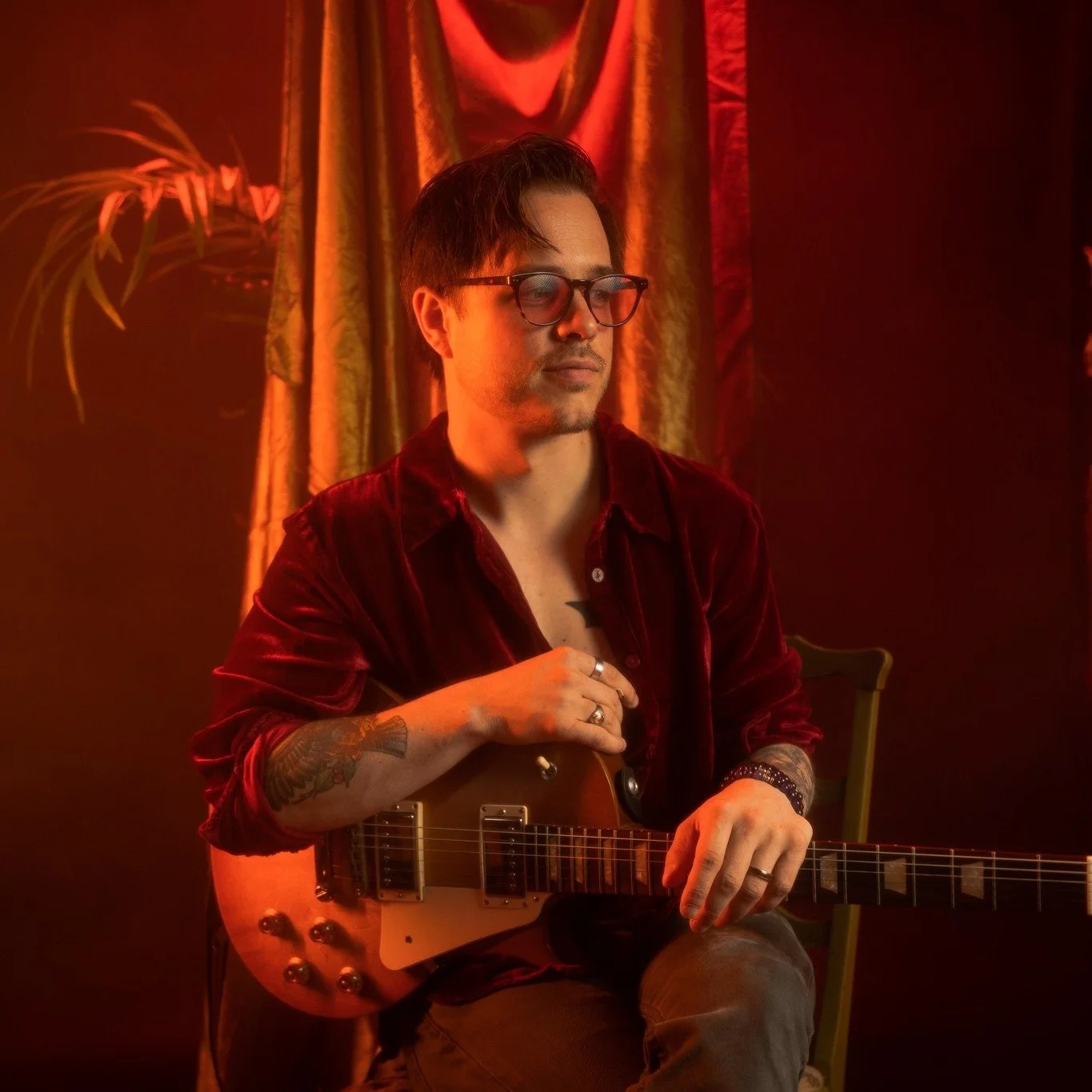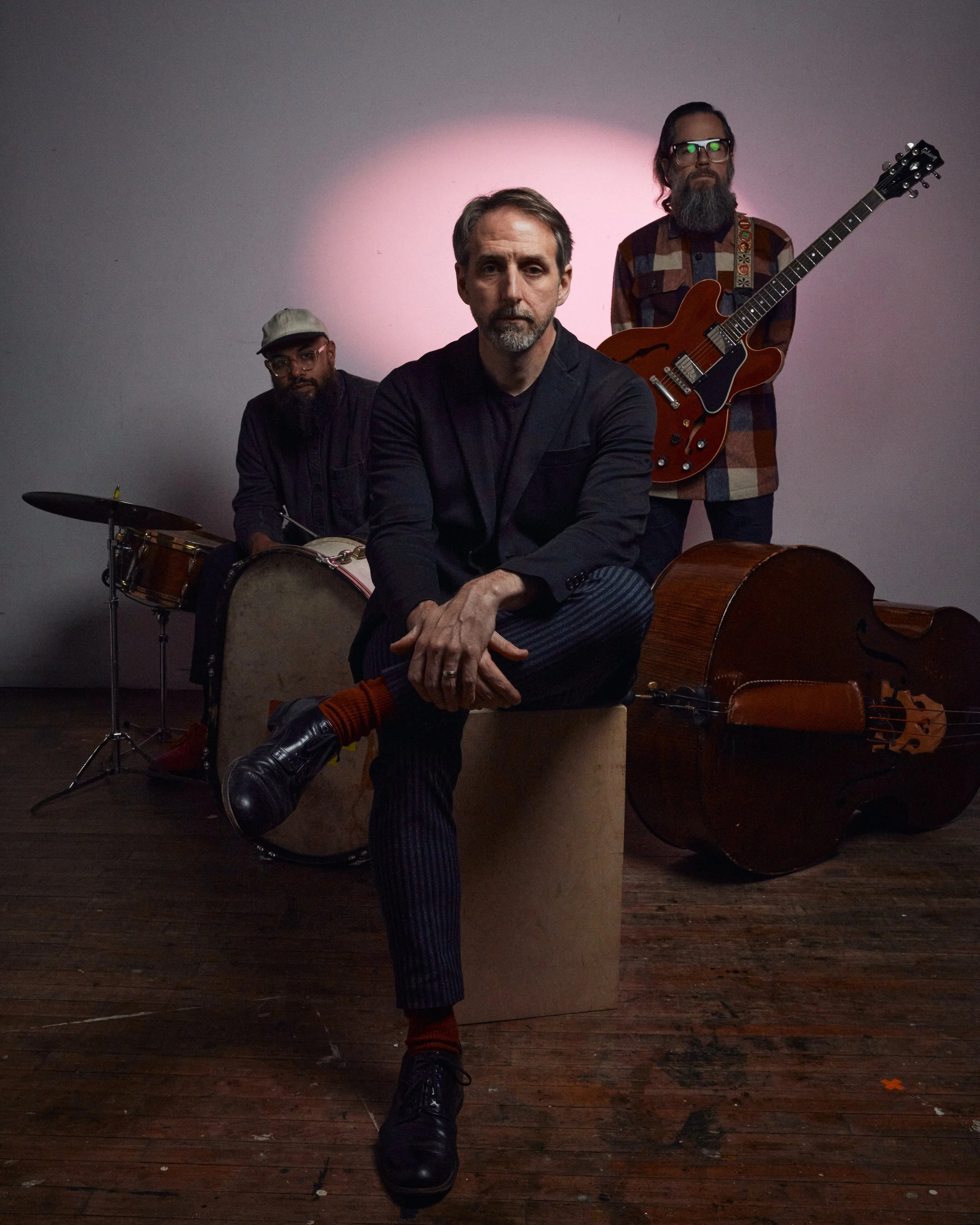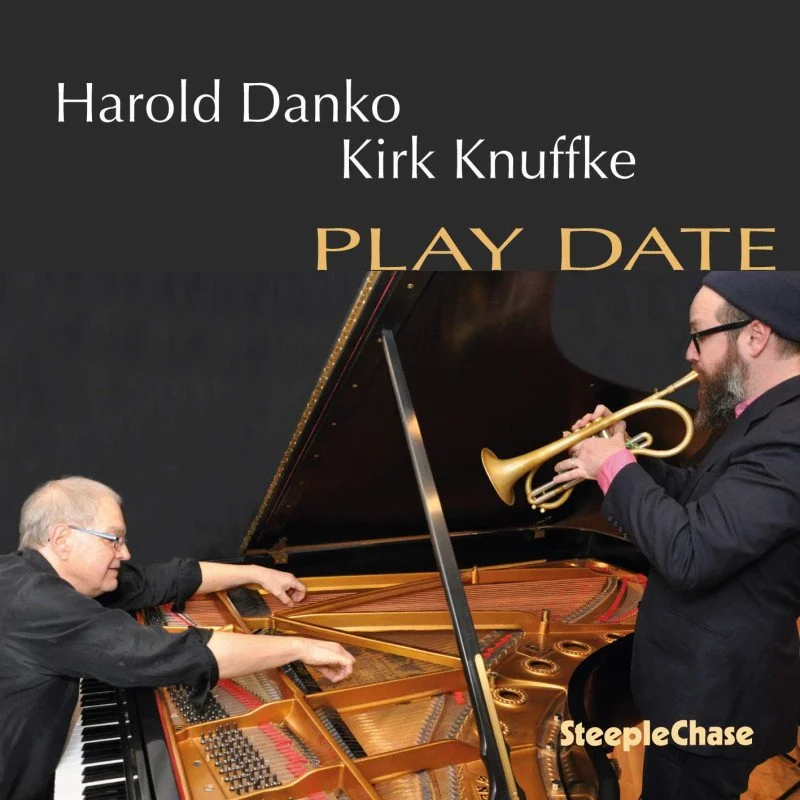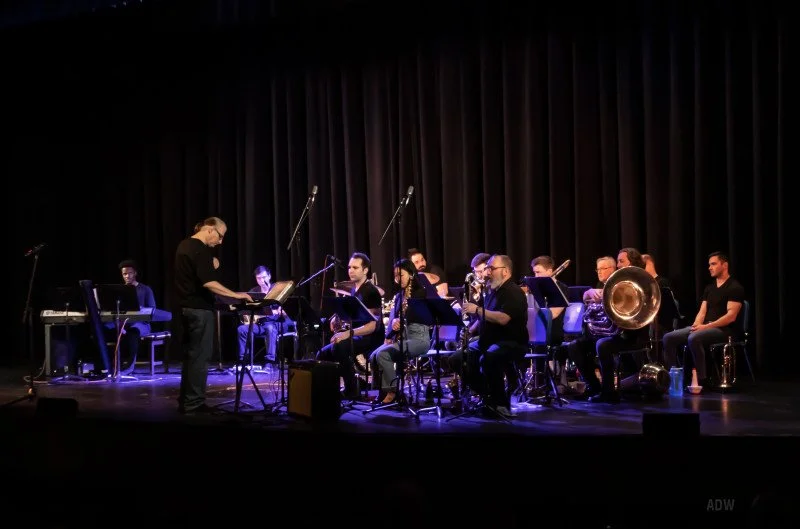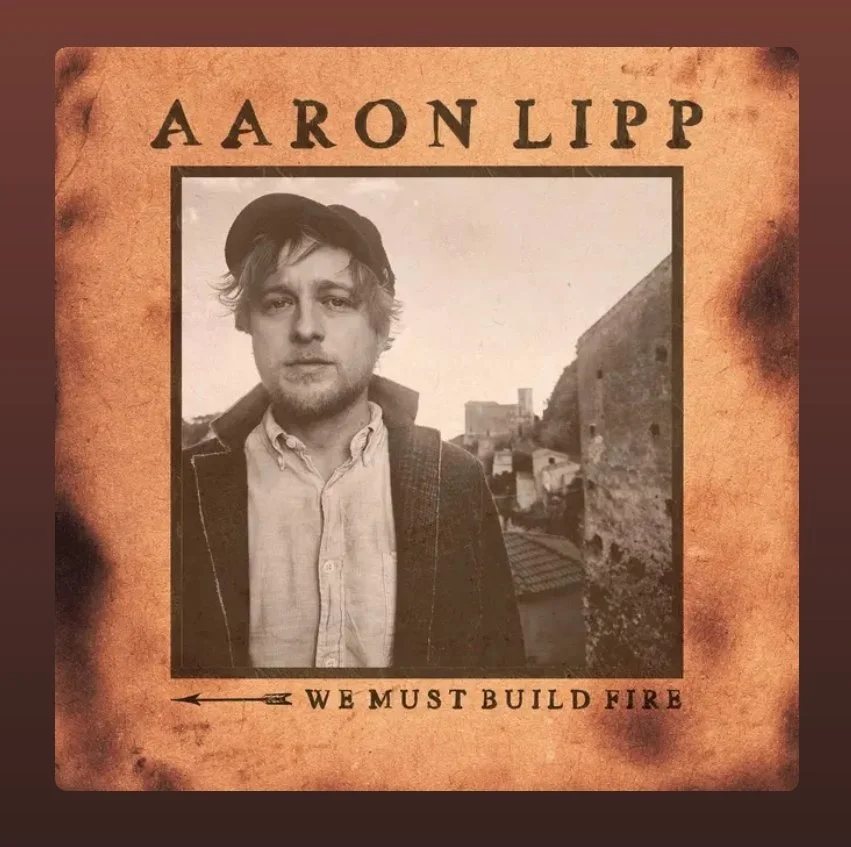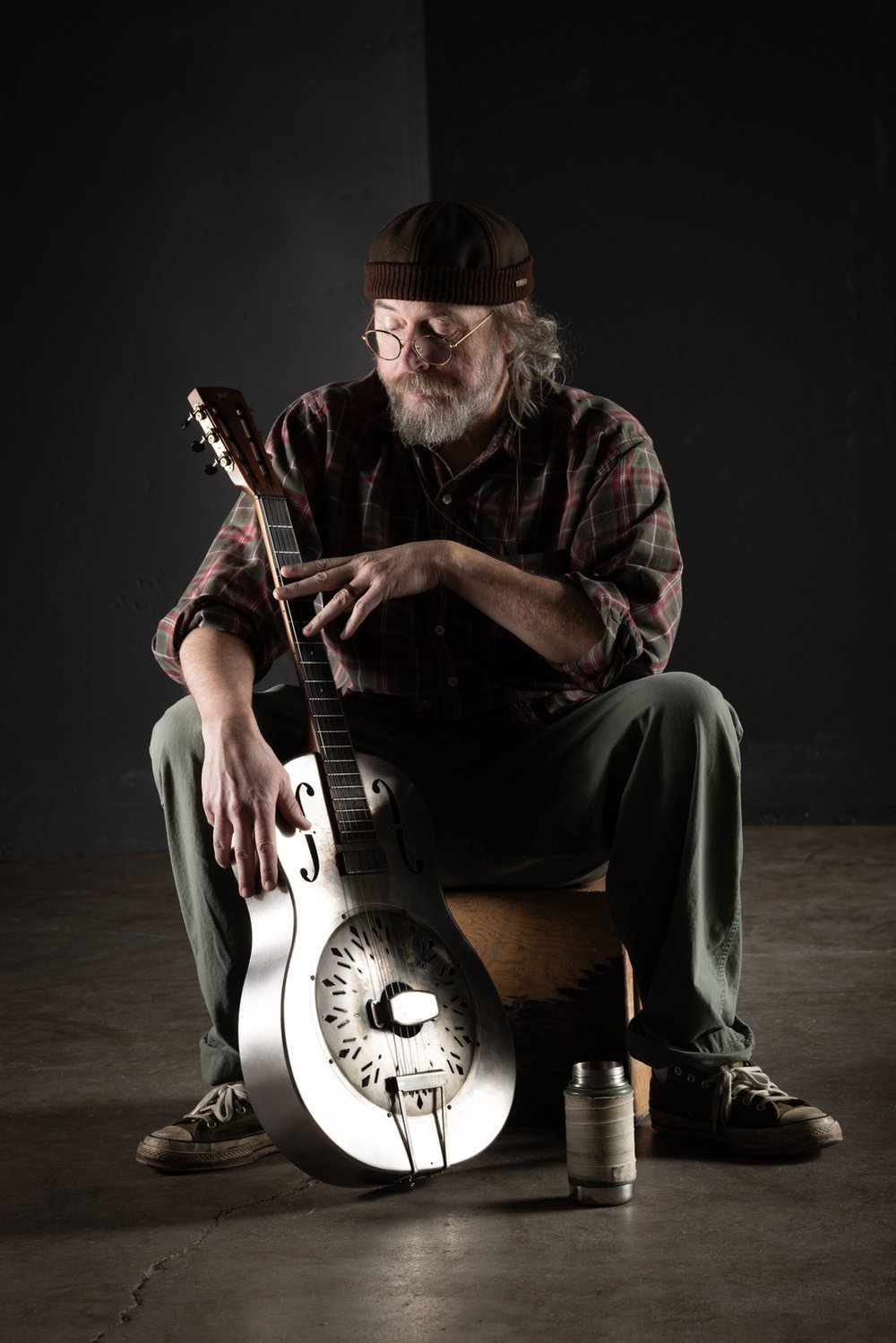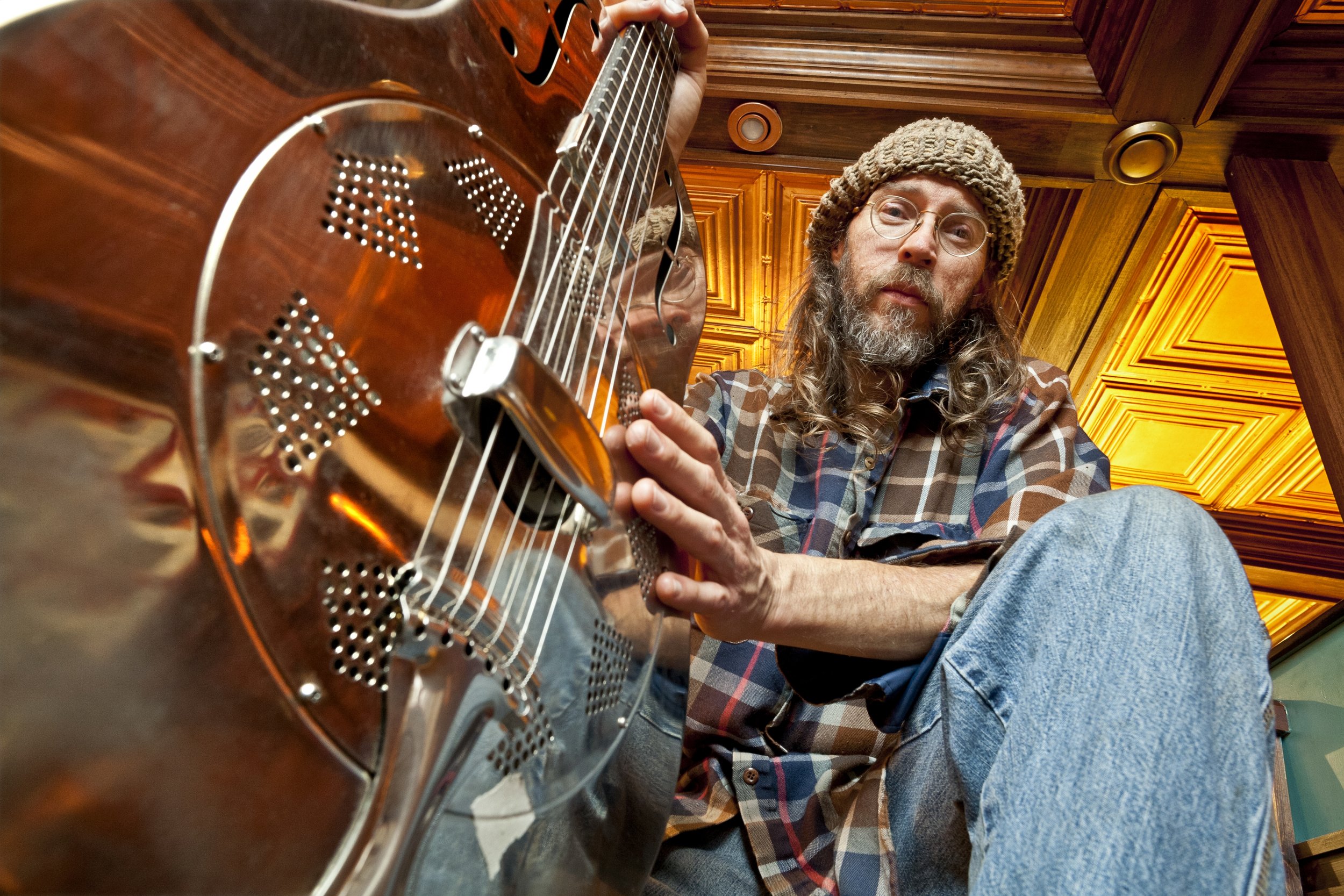Tenor saxophonist Ricky Ford studied at the New England Conservatory, with, among others, Gunther Schuller and Ran Blake; while still in his early 20s, he toured with both the Duke Ellington Orchestra (under Mercer Ellington's leadership) and Charles Mingus. By the 1980s, he was considered one of the leading tenor saxophonists of his generation. He worked with Dannie Richmond's Quintet, Lionel Hampton, Mal Waldron, Beaver Harris and Abdullah Ibrahim’s Ekaya, and also more than a dozen albums as a leader. He has lived in France since the 1990s.
Thurman Barker Grew up in Chicago in the 1950s, Thurman Barker was exposed to the city’s rich musical heritage, regularly hearing R&B, doo-wop, soul, jazz, and blues. Accordingly, he began his professional career at age 17 by anchoring the rhythm section for blues legend Mighty Joe Young. He then attended the American Conservatory of Music and later Roosevelt University, where he received classical training. While serving as percussionist for the city’s Shubert Theatre throughout much of the 1960s, Barker played for numerous national touring productions, including Hair, The Wiz, Grease, One Mo’ Time, and Ain’t Misbehavin’. A versatile drummer and percussionist, he also performed with singers Billy Eckstine, Marvin Gaye, Bette Midler, and Vicki Carr, and worked with classical groups like the Chicago Chamber Players and the New York City Opera. Perhaps Barker’s most notable musical experience has been with the Association for the Advancement of Creative Musicians (AACM), an organization founded in the 1960s to promote innovative music and its players. A charter member of the group, Barker first appeared in AACM productions with Joseph Jarman’s pioneering ensemble. He then went on to play with many other members, including Muhal Richard Abrams, Amina Claudine Meyers, Anthony Braxton, Leroy Jenkins, Roscoe Mitchell, and Henry Threadgill. In the 1970s and ’80s, after moving to New York, Barker worked with jazz giants Cecil Taylor, Sam Rivers and Billy Bang, touring with their groups and recording numerous albums with them. Most recently, he has performed with trombonist and composer George Lewis at the Festival International Musique Actuelle in Victoriaville, Quebec. Since creating Uptee Records in the late 1980s, Barker has released five recordings as a leader, including Voyage (1987), The Way I Hear It (1999), Time Factor (2001), Strike Force (2004), and Rediscovered (2008). In 1994, his work “Dialogue,” commissioned by Mutable Music, premiered at Merkin Concert Hall in New York City. The Woodstock Chamber Orchestra premiered Barker’s chamber piece “Expansions” in May 1999, and that same year he became a lecturer at Smolny University in St. Petersburg, Russia. Barker has taught jazz history and performance at Bard College since 1993. Through his efforts to develop the program, he was appointed professor of jazz studies in June 2016.
Jerome Harris Electric guitarist and bassist Jerome Harris is best known for his work as a sideman with Sonny Rollins, and for his later work in groups led by drummer Bobby Previte and by trombonist Ray Anderson, among others. Harris was already a skilled musician when he went to Harvard with the intent of becoming a psychiatrist. During his college years, he became known as a guitarist on campus who played in a variety of bands, from R&B to free jazz, including a fusion band with fellow student, drummer Akira Tana. After graduation, Harris decided to focus on music full-time and first began appearing on recordings during the late '70s, such as Sonny Rollins' Don't Stop the Carnival (Milestone, 1978). In addition to continuing his work with Rollins throughout the 1980s, Harris worked with Oliver Lake and Bill Frisell, among others. The second half of the decade also found him playing with Bob Moses and Marty Ehrlich, while much of his work during the 1990s was with Bobby Previte and Ray Anderson. Harris has toured internationally in various ensembles, including trips to Japan with Rollins, tours of the Middle East and India with Jay Hoggard, of Africa with Oliver Lake, the U.S. with Previte's Latin for Travelers, and more. Some of the other renowned musicians that he has worked with include Don Byron, Ned Rothenberg (Sync on Intuition, 1999), Mark Helias, Pheeroan AkLaff and Kenny Werner. In addition to his work as a sideman, Jerome Harris has led several recording dates of his own, including Algorithms (Minor Music, 1986), Hidden in Plain View (New World, 1995) and Rendezvous (Stereophile, 1999). In 1999, Harris also played a large role in a July concert in New York City that was a tribute to Joni Mitchell, in which he wrote many of the transcriptions and arrangements, in addition to performing. As of the late '90s, Harris was based out of Brooklyn.
John Kordalewski is the leader, arranger and pianist for the Makanda Project, a 13-piece group performing previously unrecorded Makanda Ken McIntyre compositions. He has performed with musicians such as Charlie Rouse, Cab Calloway, Julius Hemphill, Odean Pope, Ricky Ford, Carl Grubbs, Webster Young, Byard Lancaster and Oliver Lake. For many years, he led a trio featuring Boston drummer Bobby Ward. He has conducted clinics and workshops at many colleges and universities, most recently at the University of KwaZulu Natal in Durban, South Africa, where his arrangements of compositions by pianist Ndikho Xaba and trumpeter Feya Faku have been performed. He is also currently collaborating with saxophonist Chico Freeman, writing first-ever big band arrangements of Freeman’s compositions.
Tickets: $30



